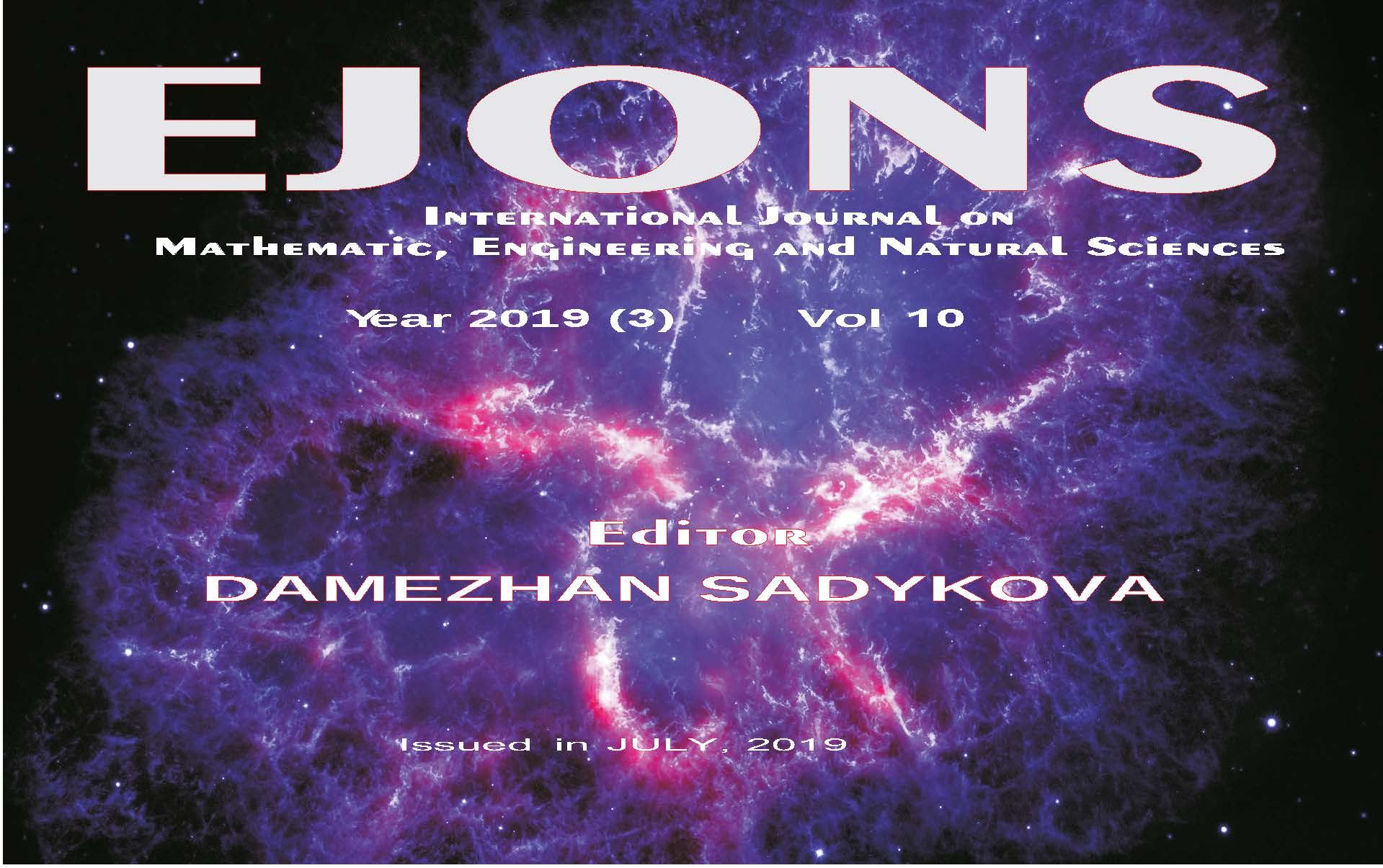INVESTIGATION OF FEED POTANTIAL OF (Comalina sativa (L.) Crantz) CAMELINA PLANT
Keywords:
Camelina, Camelina sativa, meal, animal feedingAbstract
Camelina (Camelina sativa L. Crantz) is an annual oilseed crop. Due to its low input requirement, high oil content (> 30%) and suitablity to marginal areas, its popularity is increasing as a biofuel product. For the sustainability of agricultural production, the oilseed plants used in the production of biofuels must be produced from non-food sources and marginal agricultural areas. Due to these features, it has gained popularity as an alternative source for biodiesel production in recent years. The by-products of the camelina seeds after oil extraction show similar characteristics to the rapeseed meal with about 45% protein, 13% fiber and 5% mineral content. In recent years, many new studies have started to be carried out on camelina meal. This review aims to analyze the international studies on the potential uses of camelina meal in animal feeding.
Downloads
Published
How to Cite
Issue
Section
License

This work is licensed under a Creative Commons Attribution-NonCommercial 4.0 International License.


